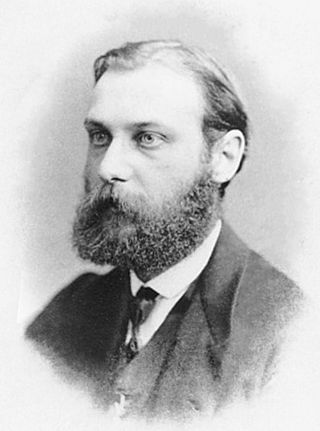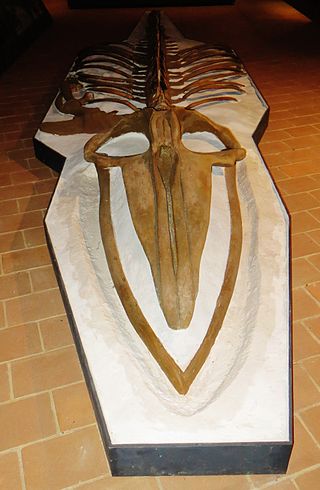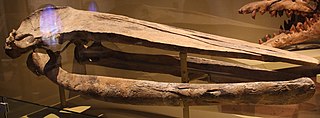
West Maas en Waal is a municipality in the Dutch province of Gelderland.

Walther Flemming was a German biologist and a founder of cytogenetics.

Édouard Joseph Louis Marie Van Beneden was a Belgian embryologist, cytologist and marine biologist. He was professor of zoology at the University of Liège. He contributed to cytogenetics by his works on the roundworm Ascaris. In this work he discovered how chromosomes organized meiosis.

Tube-dwelling anemones or ceriantharians look very similar to sea anemones but belong to an entirely different class of anthozoans. They are solitary, living buried in soft sediments. Tube anemones live inside and can withdraw into tubes, which are composed of a fibrous material made from secreted mucus and threads of nematocyst-like organelles known as ptychocysts. Within the tubes of these ceriantharians, more than one polyp is present, which is an exceptional trait because species that create tube systems usually contain only one polyp per tube. Ceriantharians were formerly classified in the taxon Ceriantipatharia along with the black corals but have since been moved to their own class, Ceriantharia.

Pierre-Joseph van Beneden FRS FRSE FGS FZS was a Belgian zoologist and paleontologist.
Homorhynchus is a genus of prehistoric fish from the Eocene and Oligocene.

Philipp Bertkau was a German zoologist born in Cologne.
Mesocetus is an extinct genus of baleen whale from the Miocene of Europe and North America.

Protororqualus is a genus of extinct rorqual from the late Pliocene of Mount Pulgnasco, Italy.
Plesiocetus is a genus of extinct rorquals found worldwide. It has had a chequered taxonomic history, having served as a wastebasket genus for a handful of mysticete species.

Aglaocetus is a genus of extinct baleen whales known from the Miocene of Patagonia, the US Eastern Seaboard, Japan and the Low Countries. It was once considered a member of Cetotheriidae along with many other putative cetotheres, but was recently recognized as representing a distinct family from true Cetotheriidae.
Nanophoca is an extinct genus of earless seals from the middle Miocene of Belgium.
Ben van Beneden is the former director of the Rubenshuis, the former home and studio of Peter Paul Rubens in Antwerp, Belgium, and an authority on the art of Rubens. He retired on 1 September 2021.
Events in the year 1843 in Belgium.
Botrucnidiferidae is a family of cnidarians belonging to the order Spirularia.
Campanulinidae is a family of cnidarians belonging to the order Leptomedusae.
Spirocercidae is a family of nematodes belonging to the order Rhabditida.
Cylindrostomidae is a family of flatworms belonging to the order Prolecithophora.
Tenoranema is a genus of nematodes belonging to the family Capillariidae.







